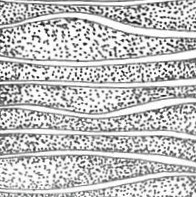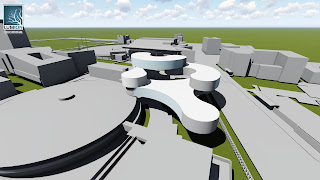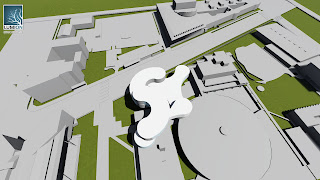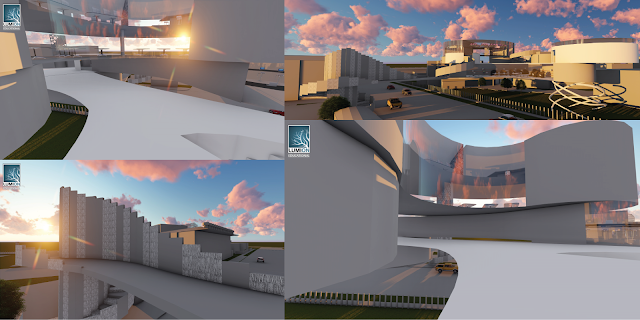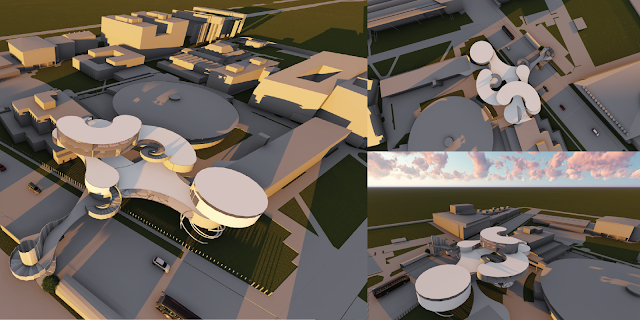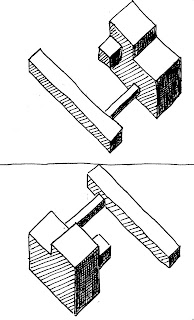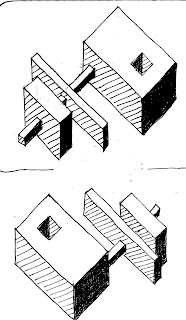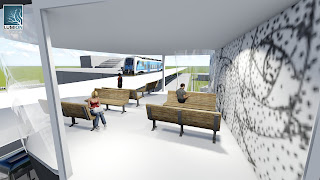The Mashup:
Spotlighting the reflective, shimmering and transparent
qualities of glass, architecture primarily made up of glazed volumes interacts
with its environment in ways that opaque structures simply can’t. The specific
characteristics unfold as a direct result of well-understood natural and
organic behaviors. Spatial hierarchy and its connection with nature is a result of natural models that respond to
external stimuli. Their sense of vulnerability is tempered by
this feeling of connection, containing their inhabitants without cutting them
off from the world. Design of the building is based on the transparency
and the relation between essential usage of a structure. Giving a unique
perspective and creating a semi-open space as a middle hinting to the covered
interior spaces.
One Point Perspectives:

 Two Point Perspectives
Two Point Perspectives
36 Textures
Radial:
Sinuos:
Explosive:
Linear:
Scattered:
Used Textures:
Draft Model One
Draft Model Two:
Complete Sketch up Model
Lumion Environment:
Glass is well utalised and thus the building captures its reflective, shimmering and transparent qualities. Also the interior curves are inspired by organic forms.
The bridge forms a semi-open space as a middle, hinting to the covered interior spaces. This creates a sense of a whole, whilst still distinguishing between different areas.
Similary curved surfaces, similar to those in organic organisms are utalised here. This makes the space more interesting and highlights the areas of spatial hierarchy.
The glass walls/windows interact uniquely with its environment. The ccupants sense of vulnerability is tempered by this feeling of connection, containing their inhabitants without cutting them off from the world.
The design of the building is based on the transparency and the relation between essential usage of a structure. Through using organic curved forms a good balance between glass and functional opaque space was achieved.
Moving Elements:
Lumion File Link:
https://www.dropbox.com/s/3gq3vxmwppbmdll/LAURA%20FAULKS%20THE%20BRIDGE.ls6?dl=0












